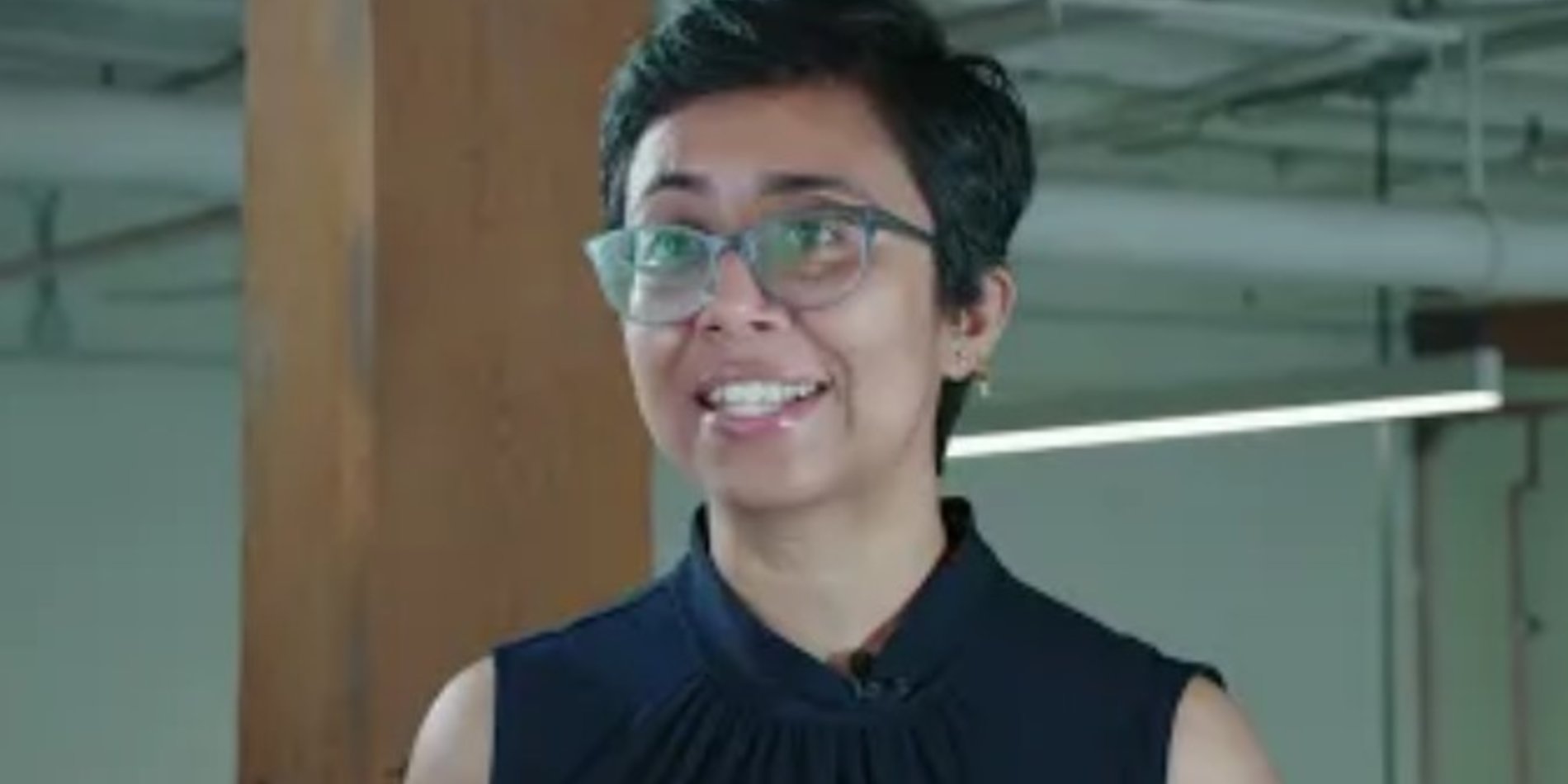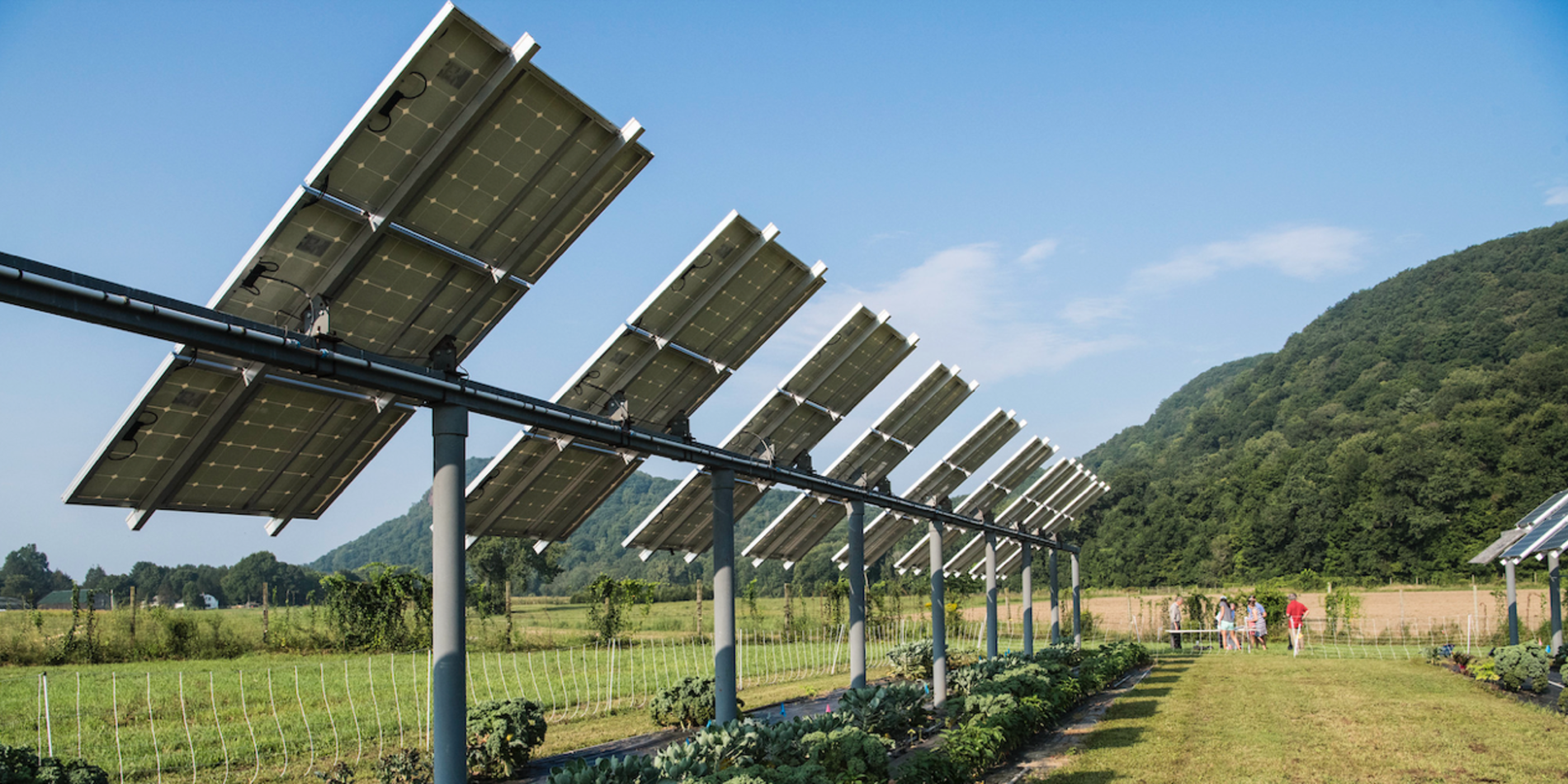An Elegant Equation
With support from the TomKat Center for Sustainable Energy, Yaniv Scherson, MS ’09, PhD ’12, spent his postdoc honing a new method for cleaning wastewater that captures nitrous oxide (N2O) for reuse.
When Yaniv Scherson was a graduate student at Stanford, he stumbled across a strange nexus: rockets and wastewater.
He was pursuing a PhD in mechanical engineering, exploring the use of nitrous oxide gas as a propellant for small satellites and renewable power, when he learned that some kinds of bacteria in wastewater can actually produce the gas. It was a light bulb moment.
Scherson reached out to Craig Criddle, a professor of environmental engineering, to learn more. When they met on campus, he explained his idea and wrote the chemical equation for converting nitrogen into nitrous oxide on the whiteboard: nitrous oxide -> nitrogen + oxygen + energy.
Criddle was astonished. While racecar drivers and rocket manufacturers knew nitrous oxide to be a powerful fuel source (cue the soundtrack to The Fast and the Furious), the environmental community had long considered it to be a hazardous greenhouse gas.
“I had no idea this equation even existed,” the professor said. Soon their collaboration was off and running.
Too Much of a Good Thing
Nitrogen pollution is a global problem. While the element is essential to living things, similar to the carbon cycle, the nitrogen cycle has become increasingly unbalanced with manmade influences, a trend exacerbated by the invention of synthetic fertilizers in the 1940s.
As excess nitrogen runs off lawns and farms and leaches into waterways, it alters the ecology of rivers, lakes, and oceans—wreaking havoc with increased algae blooms and, in some cases, “dead zones” with low oxygen levels that can cause huge fish kills. While bacteria exist that convert nitrogen from a reactive to an inert substance as part of the element’s natural cycle, they can’t keep up.
Wastewater utilities are facing dual pressures: tighter nitrogen regulations and rising energy costs. The purification process is energy intensive and expensive. In fact, 30 to 60 percent of most cities’ budgets for electricity go to wastewater treatment.
Quite by accident, Scherson had stumbled across a potential solution.
A Question of Scale
Bacteria are ideal employees in many ways. They work for cheap, are team oriented, microscopic, and have billions of years of work experience.
With help from his Stanford faculty advisors Craig Criddle and Brian Cantwell, what Scherson did was identify a group of bacteria that convert the nitrogen in wastewater (found as ammonia) into nitrous oxide gas. The gas can then be captured and burned alongside methane as a potent biogas energy source that produces electricity.
They named the process the Coupled Aerobic-anoxic Nitrous Decomposition Operation, or CANDO for short. While existing methods of nitrogen removal also use bacteria, CANDO speeds up the process and is the first to recover energy from it. In theory, utilities can use the technique both to remove nitrogen and to generate renewable energy on site.
But would it work?
The approach was successful in lab experiments, and thanks to a team of Stanford Graduate School of Business students, they even had an award-winning business model for growing the technology. But without the funds to scale up the operation, the project was dead in the water.

Energy Boost
That’s where the TomKat Center for Sustainable Energy came in.
“The TomKat Center is filling a void in funding for technology transfer,” says Scherson.
He says that, particularly in a place like Silicon Valley, investors are hungry for new ideas. But venture capital firms and federal agencies are leery of unproven ideas.
The TomKat Center Innovation Transfer Program is bridging that gap. Through these grants, fledgling ideas can move beyond proof of concept to demonstrate real-life feasibility, the point at which outside funding gets easier to secure.
Through the TomKat Center’s support, the group was able to connect with the Delta Diablo Sanitation District in Antioch, CA, to build a pilot project. With Delta Diablo, the end user is right there informing the design process, and the utility has provided financial and in-kind donations of time and resources that have been invaluable.




